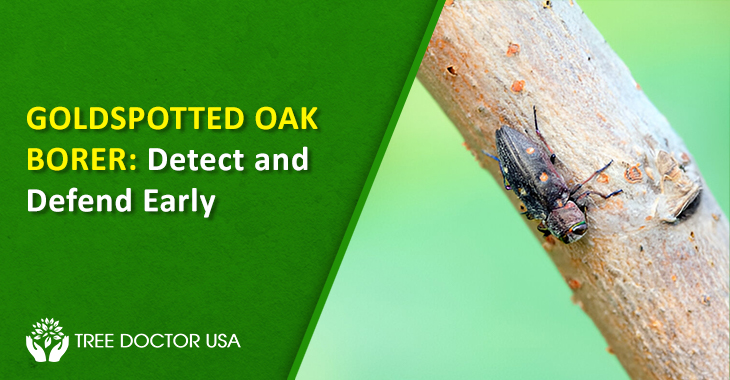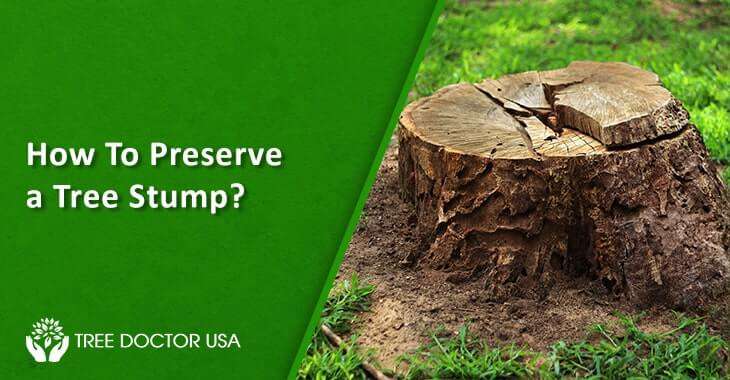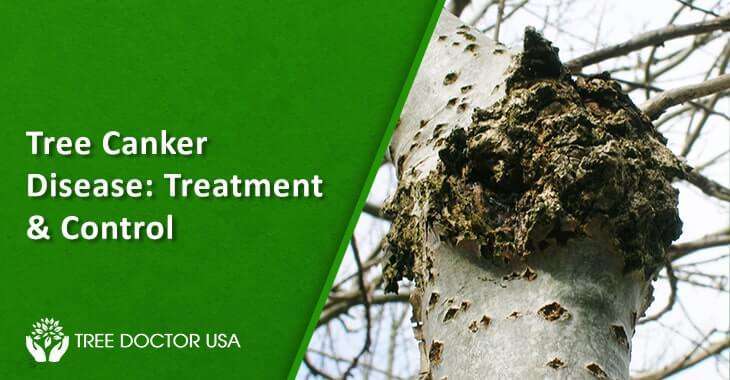From the Roots Up: The Benefits of Spring Tree Planting
Spring is an important season for trees and plants. It provokes new growth of buds, flowers, leaves, and stems. The season heals the wounds of winter and rejuvenates trees and plants. Therefore, tree care experts advocate the idea of planting trees in spring. These trees grow vigorously, develop a strong structure and add unmatched beauty to the landscape.
However, newly planted trees demand time and nourishment to establish roots in the ground. They may die early or grow weak if you have not used appropriate techniques. Tree planting in the spring season benefits the landscape only if you follow the right process. Otherwise, all the efforts will go in vain, and the tree may become a reason for damage and frustration in the future.
Knowing these facts, Tree Doctor USA has curated this blog to educate tree owners about planting trees in spring. In this blog, you can learn the practices required for planting and nourishing trees during the season.
Why Plant Trees In Spring?
Almost all types of trees flourish well in the spring season, especially trees with fleshy roots. You can also introduce broadleaf evergreen shrubs and trees in the ground and watch them thrive throughout the year. You can rope evergreen trees and shrubs like rhododendrons, mountain laurel boxwood, and hollies. They will also develop well and obtain better health.
Spring offers an ideal environment and temperature to dig the ground and plant trees.
The season heals the soil from winter damage and prepares it to accept new trees. Trees and shrubs planted during early spring require less maintenance and stay healthy. You can also protect the trees from extreme heat coming around in the summer months. If planted in spring, trees will have enough time for root establishment. They will strengthen their grip underground to adjust to extreme heat and drought conditions.
Best Trees To Plant In Spring
You can plant trees like flowering crabapple, red oak, dogwood, cherry, golden pine, sweet gum, etc, in the spring season. Species like the seven-son flower, paperbark maple, ginkgo, eastern white pine, quaking aspen, and magnolia trees also flourish during spring.
When To Plant Trees In Spring?
Early spring is the best time for tree plantation. During this time, the soil is moist and cool. These conditions keep seedlings from drying out in the air. The time provides the best environment, stimulates growth, and maximizes the tree’s potential.
Tips For Planting Trees In Spring
1. Inspect The Ground To Plan The Process
Take a long walk in the yard to plan the process to achieve long-term positive results with minimum effort. Inspect the ground, and look for wires, pipes, underground objects, cords, labels, and other objects that may hinder the tree growth. Clean the ground, observe site condition, and collect soil samples to test soil composition and pH level. Measure the ground to determine its size and choose the tree type accordingly. You will have to plan the process keeping tree growth and structure in mind.
2. Choose The Right Time
Make sure you have chosen the right time for tree plantation. Usually, the best time for tree planting arrives in the spring season. We suggest you plant trees when the temperature is above freezing point, and the ground is no longer wet. For choosing the ideal time, pay keen attention to soil condition and ensure it’s loose and well-draining. If the soil is wet or less fertile, add a layer of compost or mulch to help retain moisture.
3. Pick A Suitable Tree Type
Select a tree species that will prosper in the climate and weather conditions. You can visit a local garden store to know about the varieties. They might also recommend plants and tree types you can rope in your yard. The tree type must match the soil condition and should have properties to thrive in the region.
4. Select An Accurate Location
A misplaced tree may grow out of the boundary, wires, or utility lines. It may become a reason for concern for tree owners and other people crossing from the nearby areas. While roping the tree, choose a space that can fit the tree without damaging the surroundings in the future. Avoid planting the tree close to your home, yard boundary, and over overhead wires and poles. Choose a place that suits the tree type and requirements. While planting, make sure the tree has enough space to grow without overcrowding other plants or structures.
5. Dig The Hole
For tree planting, dig a hole using a shovel twice in size of the root ball which is wide enough to fit the root ball. It will offer roots the required space to sprawl and take control. Loosen the soil around the hole to help it accumulate the tree and make enough space for root establishment. The space should be five times the root ball size. Plant the tree in it and follow the rest process.
6. Separate Containers From The Root Ball
Cut excess roots, plastic, peat pots, and other materials before rolling burlap and wire baskets back. Remove containers from the root ball. Try to separate wire baskets carefully without impacting the root ball. Bring out the roots circling the container, and cut or fluff them, so they don’t grow inside and act as girdling roots.
7. Nourish The Soil
After successfully planting the tree, fill the hole with the same soil. Ensure the soil has no clods or clumps. Add compost or soil amendments to the planting hole to improve drainage and give the root access to essential nutrients. Avoid cutting branches and tree parts after planting the tree because the lead buds release hormones that stimulate root development.
Cutting branches unnecessarily will stress the tree and reduce hormone production which may lead to slow root growth. However, you can remove rubbing, overcrossing and damaged branches carefully.
8. Get Rid Of Air Pockets
Eliminate the air pockets surrounding tree roots and establish a firm connection between soil and roots. The connection will strengthen the tree to fight environmental and seasonal challenges. After roping the tree underground, rejuvenate the ground with a mulch layer to shield it from wind and cold nights. Water the tree thoroughly after planting. It will keep the plant hydrated during its first few weeks until it establishes roots underground.
9. Seek Professional Assistance From Tree Doctor USA Experts
Tree planting is a herculean task, and you may fail to understand it despite collecting appropriate knowledge. It demands practice and skills to rope and cut roots and establish a connection between soil and tree roots. Tree Doctor USA experts offer tree services to help property owner plant trees in their yards. Our arborists handhold you throughout the process, from ground inspection to soil nourishment and watering. We provide adequate care, nutrients, and nourishment to your trees to help them live long and healthy life.
Conclusion
Planting trees in spring can be beneficial if you follow the process. With planning and care, you can build a healthy, green, and sustainable landscape that will last for years. However, you must follow the process, choose the right location and species, and plant the tree using the above-mentioned methods. After planting, expose the trees to sunlight and nurture them with water and nutrients. Regular care and maintenance will ensure their long life and healthy growth. Reach out to us to know more about tree planting tips.













